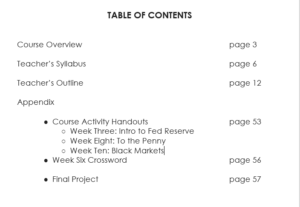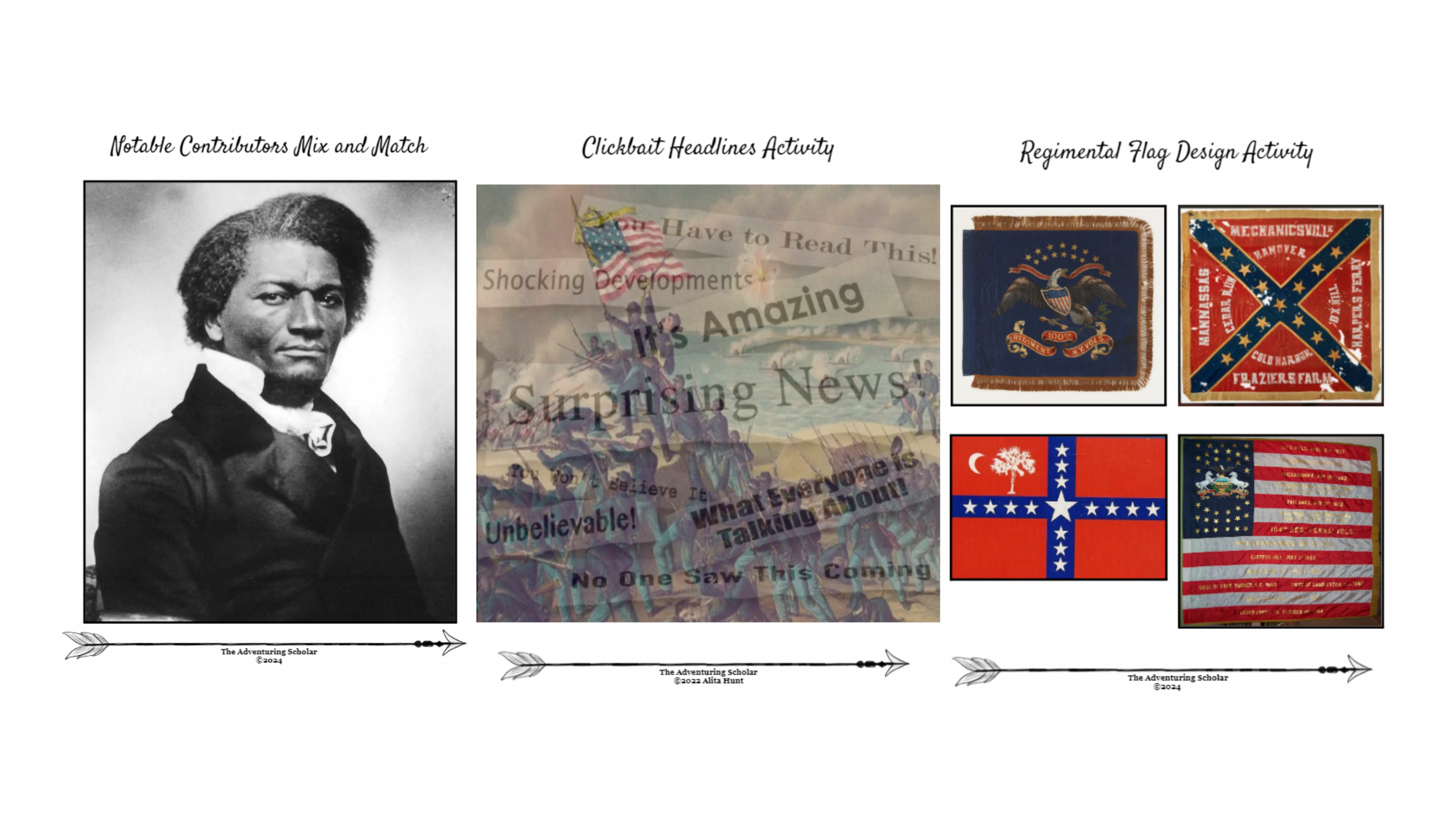Description
The Teacher’s Manual and accompanying PowerPoint Presentations provide the instructional information to complete this Economics: What’s All the Hype? course over a 13 week semester. A student’s manual is also provided for learners as a separate free download and provides them with a course overview, student’s syllabus, and accompanying documents for use during this course.
In this semester-long class, students (ages 14 and up) will be required to read the assigned articles and chapters as well as participate in class discussions on the main
economic principles and concepts presented in the text and through a multimedia
presentation. This course is mixed content based on the book Whatever Happened to Penny Candy? by Richard Maybury, economic-based and current events articles, video supplements, and integrated activities.
The last class is reserved for student presentations where they will present a final project to illustrate their knowledge of the basic principles and main themes of economics. Students will also be challenged to create a business using the eight economic principles learned throughout the class.
The class culminates in an entrepreneur fair at the end of the semester.
Class discussion will include the following questions/topics according to the Austrian and Monetarist schools of economic theory:
● Worldviews; Author Viewpoints & Beliefs; What is Economics? Why Study Economics? Juris Naturalism; Principles of Economics: Supply and Demand
● Clad Tokens vs. Coins; Welfare vs. Subsidy; Clipping Coins and Reeding, Gresham’s Law
● Inflation; Characteristics of Good Money; Federal Reserve Notes vs. Silver Certificates;
Legal Tender; Law/ Fiat Money; TANSTAAFL
● Governments; Economic Systems & Controls; Monopolies: Price Gouging; Reasons for
Inflation- Democracy vs. Dictatorship; Revolutions; Beware the LIE
● Business Cycle; Recessions; Depressions; Deflation; Velocity and Demand for Money; Stages of Inflation; Hyper-inflation; Monopolies & Competition
● Seen and Unseen in Economic Practices Today; Minimum Wage; Labor Unions
● Producers vs. Consumers; Types of Economic Systems and Production; Developed vs. Developing Countries; Specialization of Labor; Opportunity Cost
● Boom/Bust Cycle; Investments; Assets and Liabilities; Scarcity; Compound Interest; Fractional Banking
● You can’t consume more than you produce: personal and national debt; Government
Expenditures: discretionary vs. mandatory spending; Debt ceiling and deficit;
Bankruptcy Law; Public Debt: Citizen vs. Taxpayer; Infrastructure
● Private and Public Sectors; National Macroeconomic Objectives & Microeconomics; NAFTA/USMC
● Natural Law VS Roman Civil Law; Socialism & Statism; Government’s Legal System= Economic Prosperity; Cycle of Body Politic
● Local, National, Global Impacts of Covid 19 Pandemic, Seen and Unseen Consequences; Where do we go from here?
● Entrepreneurs; Competition; Incentive & Innovation















Reviews
There are no reviews yet.